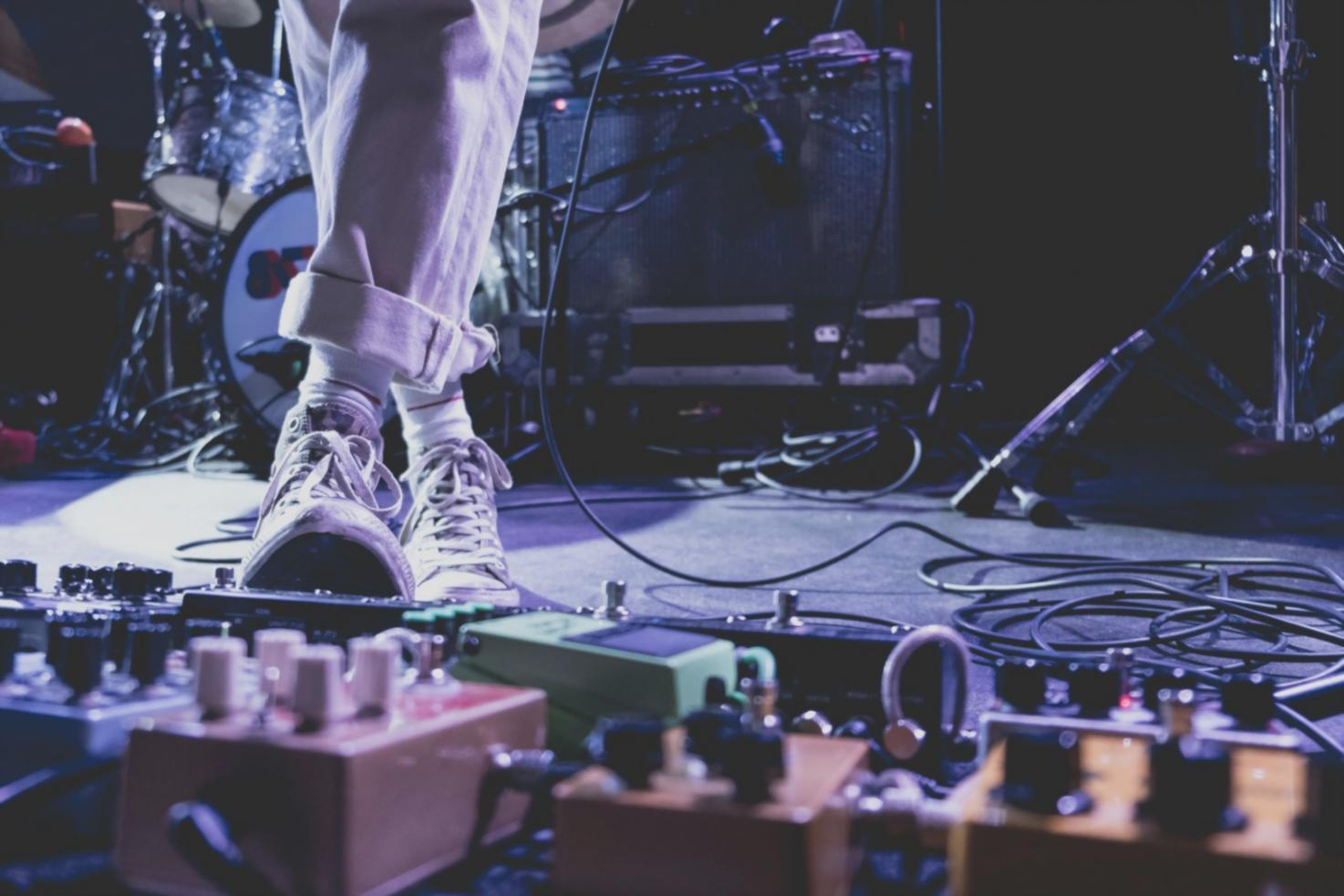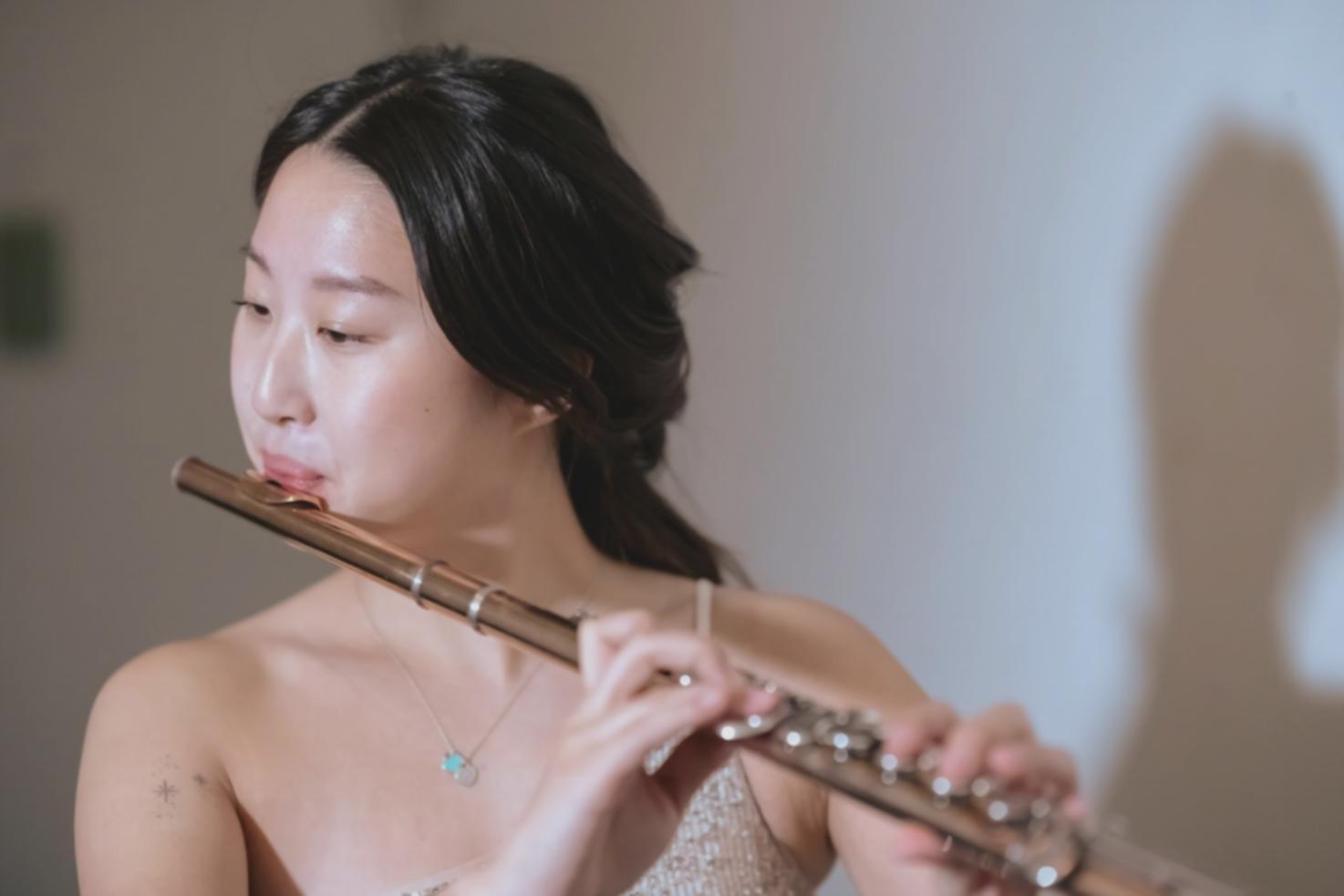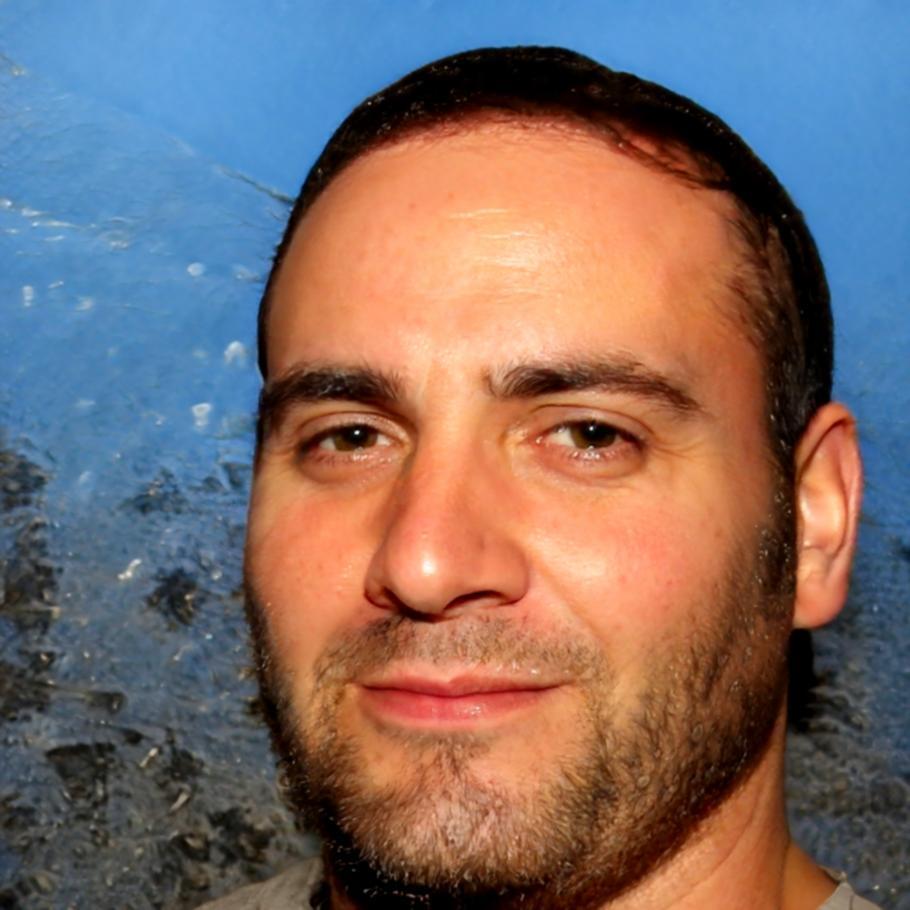Sound Design That Bridges Technical Precision and Creative Vision
We started Chainanalysis because too many audio education programs treated sound design like a checklist rather than a craft. Our approach focuses on understanding why frequencies interact the way they do, not just memorizing plugin presets.
Where We Come From
Back in 2019, I was teaching audio production at a community college and noticed something frustrating. Students could follow tutorials perfectly but fell apart when asked to make creative decisions on their own work. They knew how to turn knobs but didn't understand what those knobs were actually doing to the sound.
This disconnect led us to develop a methodology that starts with acoustic principles before touching any software. We spend time with actual sound waves, room acoustics, and psychoacoustics. Then when we introduce digital tools, students already understand what they're trying to accomplish.
The results surprised us. Students started developing their own techniques instead of copying workflows. They could troubleshoot problems because they understood the underlying physics. And they brought unique creative perspectives to projects because they weren't locked into someone else's process.

How We Actually Teach This Stuff
Our curriculum builds from physical sound behavior to digital manipulation. Each phase reinforces previous concepts while introducing new complexity.

Acoustic Foundation
Students work with physical sound sources first. They measure room modes, experiment with absorption materials, and document how different spaces affect frequency response. This hands-on phase builds intuition that software alone can't teach.

Digital Translation
Once acoustic concepts are solid, we introduce digital tools as extensions of physical principles. EQ becomes a way to compensate for room deficiencies. Compression relates back to how our ears respond to dynamic range. Everything connects to something they already understand.

Creative Application
The final phase focuses on developing personal style. Students work on real projects with actual constraints and deadlines. They make mistakes, iterate solutions, and learn to trust their judgment. This is where technical knowledge transforms into creative confidence.

Meet Peder Alvaric
I've spent fifteen years working in audio post-production, game sound design, and music production. What keeps me engaged is watching students figure out their own solutions to audio problems rather than just following my approach.
My background includes work on indie games, documentary film sound, and installation art. That variety taught me there's no single "correct" way to approach sound design. The best techniques are the ones that fit your specific project and creative vision.
When I'm not teaching, I'm usually experimenting with field recordings or building weird synthesis patches. Sometimes those experiments make it into the curriculum when they reveal something interesting about how sound behaves.
Things We've Learned That Might Help
Quick observations from years of teaching sound design to people with different backgrounds and goals.
Reference Tracks Are Training Tools
Don't just listen to reference tracks for inspiration. Load them into your session, match levels, and A/B compare specific elements. This reveals mixing decisions you'd never notice during casual listening. You'll start recognizing patterns in how professionals balance frequency ranges and dynamic processing.
Room Acoustics Matter More Than Plugins
Spending hundreds on plugins won't fix bad monitoring conditions. Addressing basic room issues like first reflections and bass traps will improve your mixes more than any software purchase. We cover this extensively because it's the foundation everything else builds on.
Constraints Drive Creativity
Unlimited options often lead to decision paralysis. Try limiting yourself to three plugins or a specific color palette of sounds. These artificial constraints force you to think more deeply about each choice and often lead to more cohesive results than unlimited experimentation.
Document Your Process Early
Start taking notes on your decisions even when you're a beginner. What problem were you trying to solve? What did you try that didn't work? This documentation becomes incredibly valuable when you revisit similar challenges months later. You'll see your own growth and avoid repeating past mistakes.
Interested in Our Teaching Approach?
Our next intensive program starts in September 2025. We're currently accepting applications from students who want to develop a deeper understanding of sound design fundamentals.
View Program Details